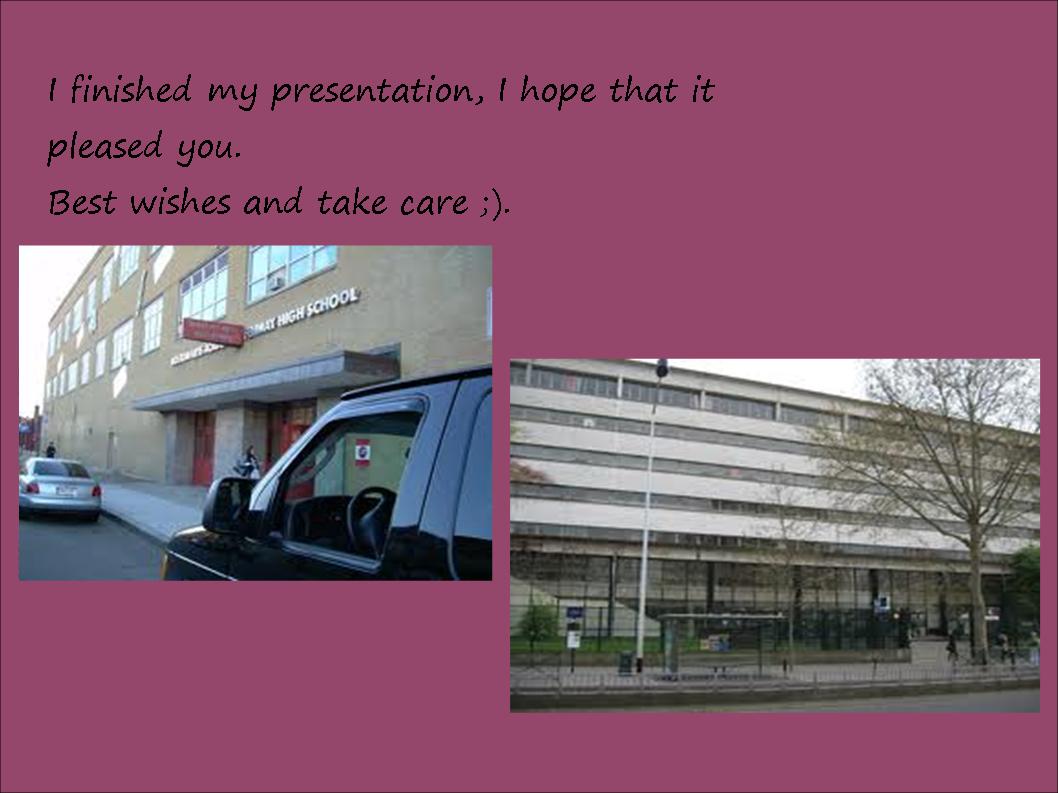Research about the town of Nanterre
By Robert, Abdelkader & Marjolain
Hello
everybody! To start with, the city of Nanterre is located in the suburbs of
Paris.
Our
city consists essentially in 10 neighborhoods; the name of my neighborhood is
Pablo Picasso. There isn't too much urban segregation because the city has
tried to mix the neighborhoods in terms of incomes, and there are a lot
projects scattered all across town.
Our
City Hall was built in a particular style because it looks very much like a
boat.
The
city of Nanterre is very important in the Parisian region, because there are
lots of inhabitants: there are 89,966 people in Nanterre, 2.2 million people in
Paris, 11.73 million people in the Ile de France
region, and 65.3 million people in France.
Moreover,
Nanterre is a town, but it is also where the first business center of Europe
stands; it is called La Défense (though La Défense covers three different towns),
and it is also where the department administrative center is. Our department is
Les Hauts de Seine and the zip code is 92. There are 101 departments in France,
Paris is both a city and a department, and its zip code is 75. Nanterre is also
the place where our department Justice Court and General Council are, so it is
an important administrative town.
Let
me tell you a little bit more about La Défense business center.
It's
really wide and the tourists really like it because they also go to the mall there
and there is a nice view on the Champs Elysées: indeed, when you stand on the
promenade of La Défense, you can see the Arch of the Human Rights (or Arch of
La Défense) and it stands in the same line as the Arch of Triumph on the
Champs-Elysées.
Personally,
I love my city because it is a multicultural city with lots of equalities.
The
main urban choices about my town were to build the department prefecture, La
Défense center, and to build a lot of social housing after World War II to
replace the slums where lots of immigrants (mainly from Algeria) used to live.
There were 14,000 people living in the slums, and now the University of
Nanterre Paris-Ouest stands in the place of the shacks.
The
slums used to be very dirty as you can imagine, until President Charles de
Gaulle decided to have them destroyed in 1964 and it was decided that the
inhabitants would be relocated in temporary transit constructions that were
very huge. These constructions were supposed to be temporary but it took
several years before people could live in decent social housing.
And
finally the slums disappeared in the 1970s.
To
finish, it is because of the war and the slums that our city became a
multicultural city because after the war, the country was in need of man power
at low prices and that’s why France brought many migrants from its colonies.
I
forgot to say that stars like Tom Cruise, the Pussy Cat Dolls have attended a
music party to inaugurate the cinema complex of La Défense business center.
By
Robert, Abdelkader & Marjolain












































